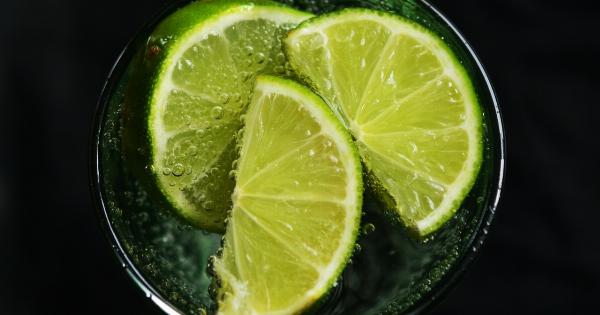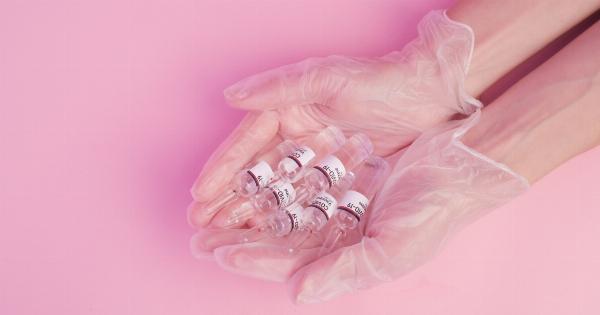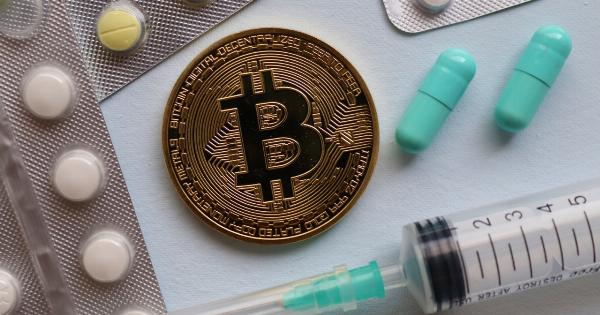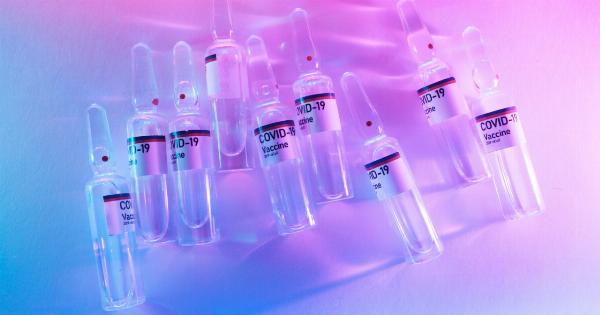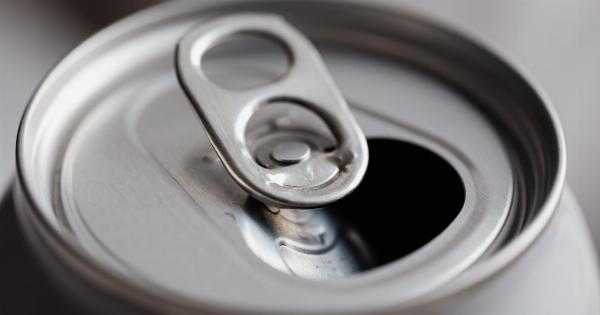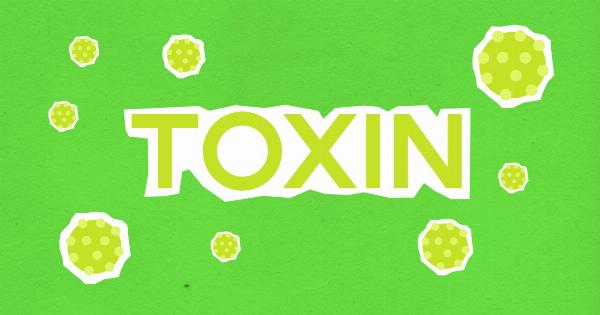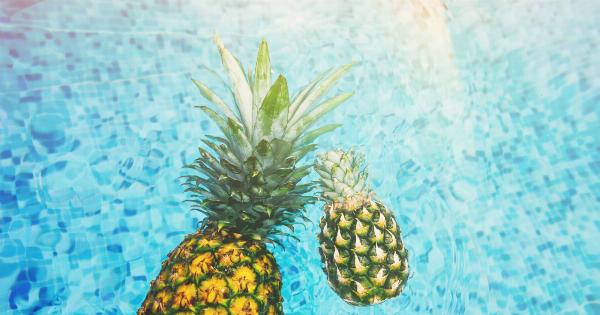Breast milk is widely recognized as the optimal source of nutrition for infants. It contains a perfect balance of essential nutrients, antibodies, and enzymes that promote optimal growth and development.
Additionally, breast milk also plays a crucial role in reducing infant exposure to harmful chemicals. In this article, we will explore the importance of breast milk in protecting infants from harmful chemicals and how it serves as a natural defense mechanism.
Understanding Chemical Exposure
Infants are particularly vulnerable to chemical exposure due to their developing organ systems and immature bodies. They have a higher metabolic rate, larger surface area, and less efficient detoxification systems compared to adults.
As a result, they are more susceptible to the adverse effects of toxic chemicals. Their exposure can occur through various routes, including ingestion, inhalation, and skin absorption.
Chemical Risks in Modern Society
In today’s modern society, infants can be exposed to a wide range of harmful chemicals. These include pesticides, heavy metals, industrial pollutants, flame retardants, and household chemicals.
Many of these chemicals have been linked to developmental delays, neurobehavioral disorders, reproductive impairments, and even cancer. It is crucial to minimize infants’ exposure to these toxins to protect their long-term health.
Breast Milk as a Protective Shield
One of the remarkable features of breast milk is its ability to act as a protective shield against harmful chemicals. Breast milk is not only a food source but also a dynamic fluid that functions as an infant’s first line of defense.
It helps neutralize and eliminate toxins while providing essential nutrients to support growth and development.
Natural Detoxification Mechanisms in Breast Milk
Breast milk contains various components that aid in the detoxification and elimination of harmful chemicals. These include enzymes, antioxidants, binding proteins, and transporters.
For example, certain enzymes present in breast milk can break down or transform toxic substances into less harmful forms. Antioxidants, such as vitamins C and E, help neutralize free radicals generated by chemical exposure.
Breast Milk’s Defensive Role
The unique composition of breast milk also helps protect infants from the adverse effects of chemical exposure. One critical factor is the presence of immunoglobulins, particularly secretory IgA.
These antibodies contribute to the immune defense of the infant’s gastrointestinal tract, where most ingested chemicals can cause harm. They bind to toxins, preventing their absorption and promoting their elimination through feces.
Reducing Chemical Burden from Other Sources
Breastfeeding not only provides infants with protective factors but also reduces their exposure to harmful chemicals from other sources.
Infant formula, despite being regulated, often contains traces of contaminants such as pesticide residues and environmental pollutants. By exclusively breastfeeding, infants can avoid these additional sources of chemical exposure, further reducing their overall burden.
Unique Adaptability of Breast Milk
Another remarkable aspect of breast milk is its ability to adapt to the specific needs of individual infants.
When a breastfeeding mother is exposed to certain chemicals, her body can respond by producing higher levels of protective components in her breast milk. This adaptability helps ensure that infants receive the necessary defenses against the chemicals to which they are most likely to be exposed.
Benefits Extend Beyond Infancy
The protective effects of breastfeeding on reducing chemical exposure extend beyond infancy. Studies have shown that breastfed children have lower body burdens of toxic substances compared to formula-fed children.
This reduction in chemical exposure during the critical developmental stages of infancy can have long-term health benefits and may contribute to the prevention of various diseases later in life.
Conclusion
Breast milk plays a vital role in reducing infant exposure to harmful chemicals. Its unique composition and natural defense mechanisms help neutralize, eliminate, and prevent the absorption of toxins.
Breastfeeding provides infants with a strong foundation for their overall health and development. By promoting and supporting breastfeeding, we can protect our future generations from the adverse effects of chemical exposure and foster a healthier society.


